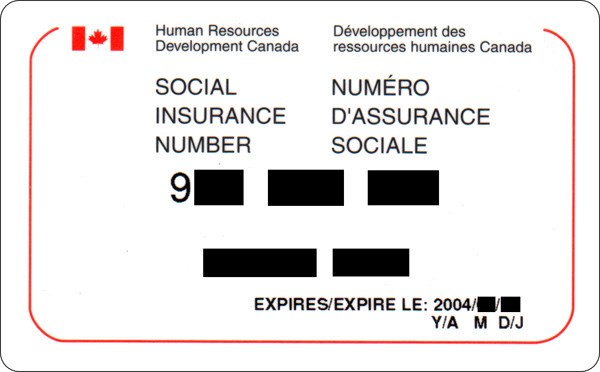OTTAWA - Statistics Canada is asking people to provide their Social Insurance Numbers during test runs for the 2016 census, part of an effort to make the survey data more reliable.
The agency is trying to find out if people will reveal a key identifier they've been so often warned to protect.
The Conservative government eliminated the mandatory long-form census in 2011, saying it was too intrusive. It was replaced with a controversial voluntary National Household Survey.
When the data from the survey was released last year, information on thousands of smaller communities was withheld because of low response rates. And because some people didn't want to fill out the voluntary form or parts of it, collected data on income levels has been criticized as flawed.
The agency is now asking a broad sample of those who fill out the tests of the mandatory, short-form census to include their SIN. The number will help tap into specific information from tax returns held by the Canada Revenue Agency, the type of solid data that could backstop the census.
"At the time that people do their income tax, they're fairly precise, they have all of the papers that they need to provide to the revenue agency," said Marc Hamel, census manager at Statistics Canada.
"The information tends to be of higher quality than it would be on the census or NHS."
Previous questionnaires have asked people for permission to seek information from the revenue agency, but a Social Insurance Number is a much more accurate link to income tax files than a name and date of birth.
"It doesn't take much sometimes to make the linkage fail, if some of the information is incorrect," said Hamel.
"It is also a very work-intensive approach. If we have a number we could use instead, it would go much faster and the linkage itself would be of better quality."
That data will also help Statistics Canada fill in the blanks when people choose not to complete their different surveys, providing them with a general picture of certain types of households.
If the test works, the agency might be able to one day replace an entire section of questions on income in the long form by just asking for the SIN.
The United Kingdom has also been investigating ways of linking their census with more sources of government data.
Hamel said they are also looking at changing the look of the online version of the questionnaires to make them more user-friendly.
The government has announced it will continue to use the voluntary National Household Survey in 2016, despite ongoing criticism that it is a poor substitute for the mandatory long form.
In 2006, the mandatory long census had a response rate of 93.5 per cent. The 2011 NHS received a response rate of 68.6 per cent, with higher reluctance among some groups, such as aboriginals.
Ian Macredie, a former senior bureaucrat at Statistics Canada, said the agency is likely testing out the SIN number question now to get a read on just how difficult it will be to get that information in 2016.
"We may have a population that, because of the (U.S.) National Security Administration, has a heightened awareness of Big Brother collecting data about us," said Macredie.
"It may well be that the atmosphere in the respondent population has changed and that's why you do a test."



